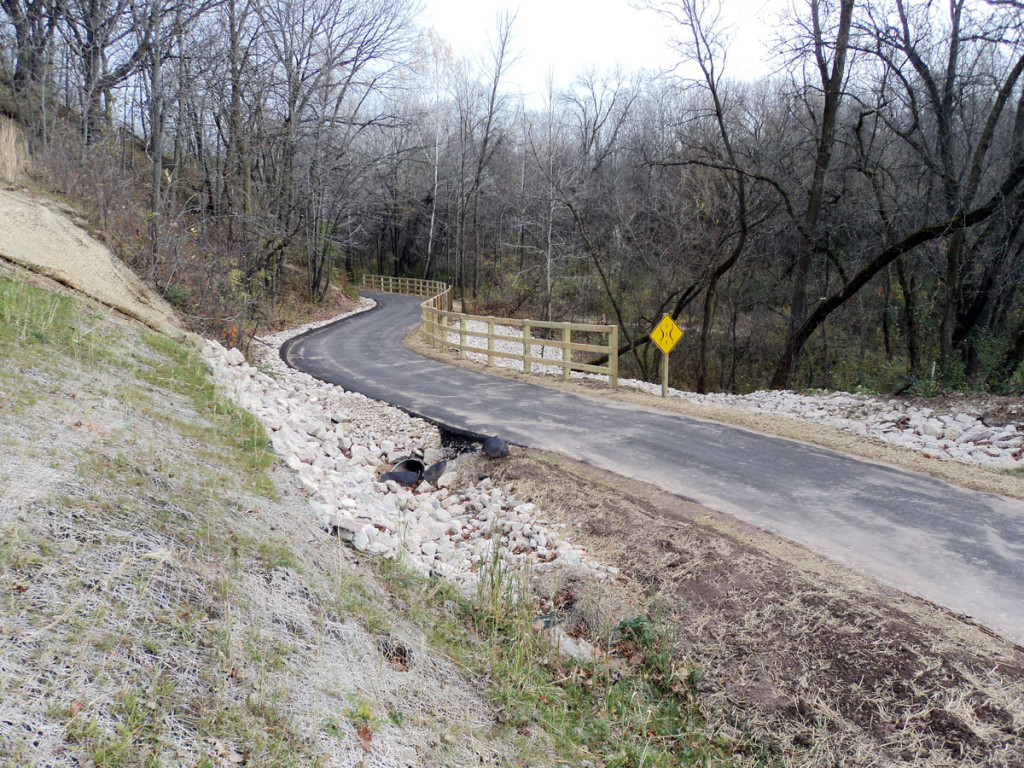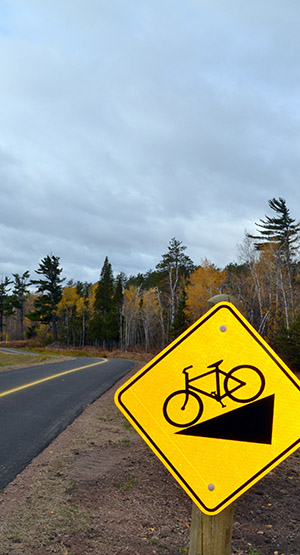Saturday is National Trails Day! But Hang On. How Did Those Trails Get There?
 Saturday is National Trails Day and offers a really good excuse (if you needed one) to discover, learn about, and celebrate America’s trails. Looking for a National Trails Day event? Just check out the National Trails Day website to see what’s going on in your area.
Saturday is National Trails Day and offers a really good excuse (if you needed one) to discover, learn about, and celebrate America’s trails. Looking for a National Trails Day event? Just check out the National Trails Day website to see what’s going on in your area.
So a completed trail is great, but how do trails get built? More goes into such an endeavor than you might think. As part of the nationwide effort to expand outdoor recreational opportunities, Ayres Associates has completed designs for more than 140 miles of bicycle and pedestrian trails; one of the most successful projects is the Friendship State Trail in eastern Wisconsin, which has a new segment slated for construction soon. Ayres has been involved with the design, construction, and improvement of the trail from its very beginning in 2003. It’s not unusual for a trail to be several years in the making – and that timeframe has everything to do with what happens before the shovels even hit the dirt.
 Finding a route can be challenging because of environmental concerns, such as wetlands. They’re usually a major concern. You can’t build on a wetland, so you either need a boardwalk or an alternate route.
Finding a route can be challenging because of environmental concerns, such as wetlands. They’re usually a major concern. You can’t build on a wetland, so you either need a boardwalk or an alternate route.
Another major hurdle is acquiring property or securing an easement. Oftentimes trails are built along old railroad tracks, but if the community doesn’t already own the land, it takes a lot of time to do all that upfront work before design can even begin.
Going through the process of acquiring Wisconsin Department of Natural Resources permitting and solving any right-of-way issues can take two to three years. The Baird Creek trail in Green Bay, Wisconsin, pictured at the top of this post, was particularly tricky because it required rerouting a small stream to make room for the trail. It was a major concern because of the fish that used the stream. Ayres worked with permitting and environmental officials to make sure the fish were looked after.
Budget cuts also can derail a trail. The Silver Bay segment of the Gitchi Gami State Trail on Minnesota’s scenic North Shore, also pictured in this post, was put on hold for four years after budget cuts and stalled easement negotiations interrupted the design process.
Once the background work clears the way for the trail, a route can be finalized and construction completed. The opportunity to create something both fun and good for the environment is the most satisfying part of building a trail.
With biking becoming more and more popular as people realize the impact of vehicular traffic on the environment, it’s satisfying to create something that makes that possible.
We would love it if you would tell us about your favorite trail. Leave a quick comment below!

Post a comment: